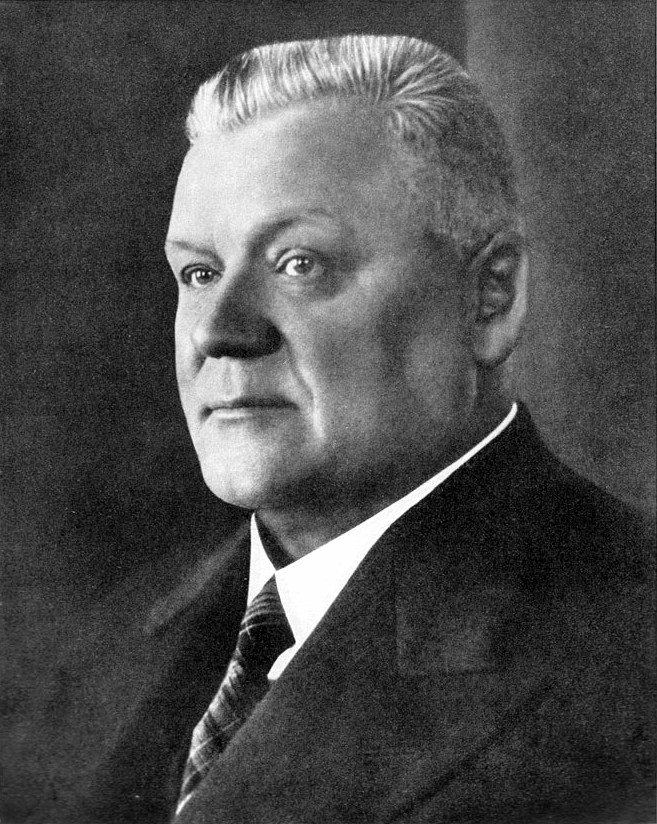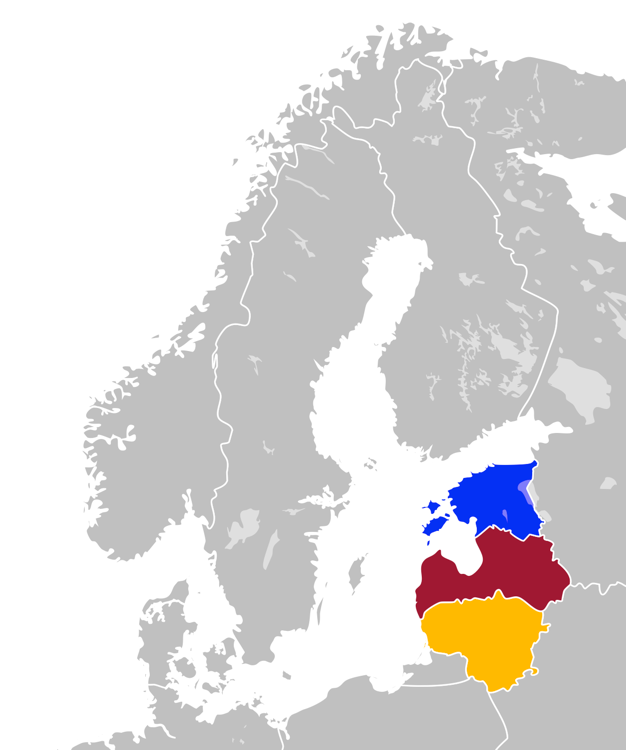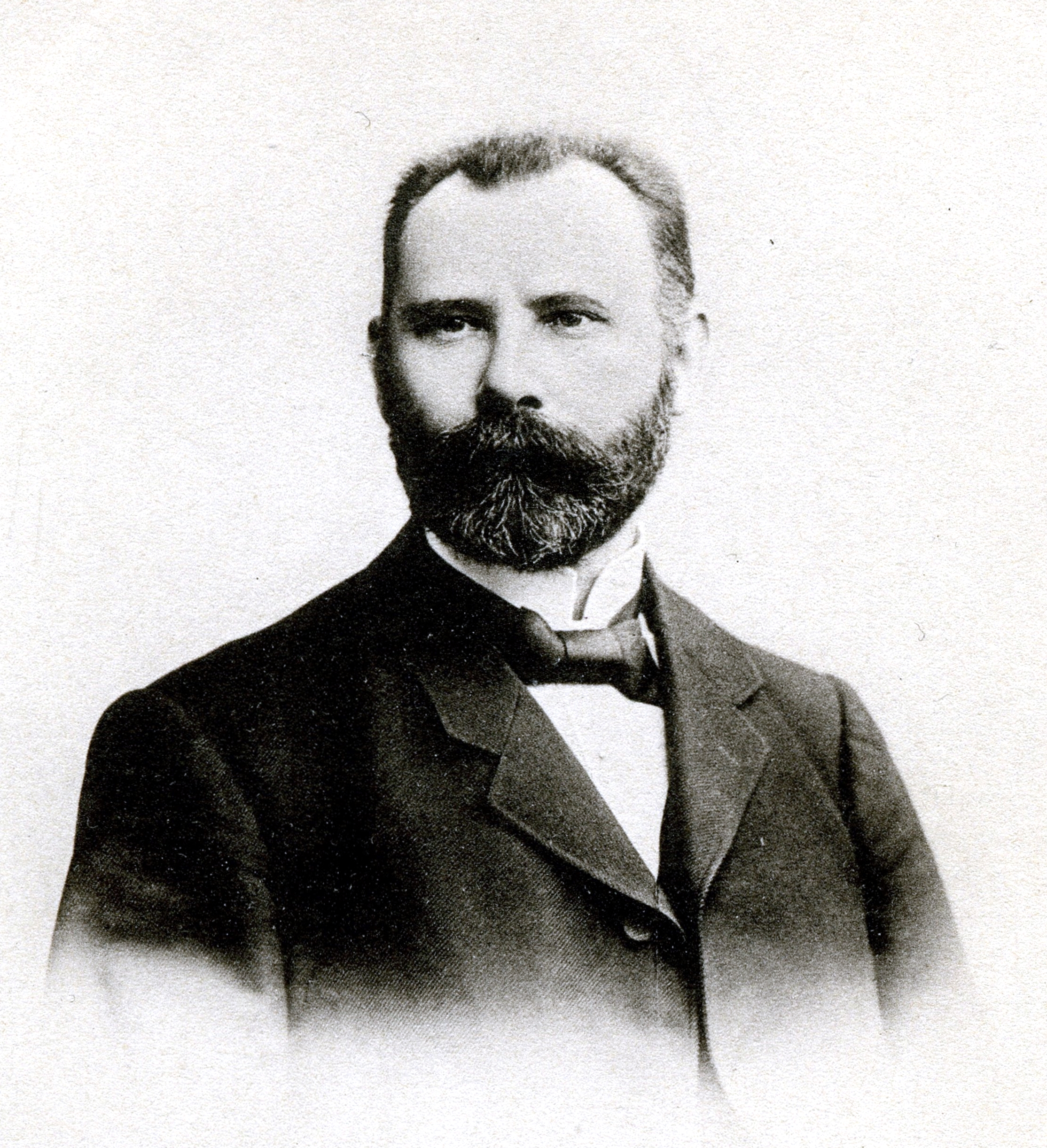|
Hugo Celmiņš
Hugo Celmiņš (October 30, 1877 – July 30, 1941) was a Latvian politician, a public employee, agronomist, twice the Prime Minister of Latvia (''19 January 1924 – 23 December 1925, 1 December 1928 – 26 March 1931''). Arrested and deported to the USSR after the Soviet occupation of Latvia in 1940, imprisoned in Moscow's Lefortovo Prison. On 30 July 1941 shot and buried in the mass graves of Kommunarka shooting ground. Hugo Celmiņš was one of those who developed agrarian reform in Latvia. Early life Hugo Celmiņš was born on 30 October 1877 in the Lubāna parish (now Madona Municipality) as the youngest son in the family. H. Celmiņš studied from 1887 to 1891 at Lubānas Ministry School, then at the Gorku School of Agriculture. In 1898, after his military service, he was seen in reserve as an officer. Entered the Polytechnic Institute of Riga in 1899, completed in 1903 with a first-class agronome degree. In 1900, he was one of the founders of the Talavija student corpo ... [...More Info...] [...Related Items...] OR: [Wikipedia] [Google] [Baidu] |
Prime Minister Of Latvia
The prime minister of Latvia ( lv, ministru prezidents) is the most powerful member of the Government of Latvia, who presides over the Latvian Cabinet of Ministers. The officeholder is nominated by the president of Latvia, but must be able to obtain the support of a parliamentary majority in the Saeima. The tables below display all Latvian prime ministers from both the first period of Latvian independence (1918–1940) and since the country regained its independence (1990–present). From 1990 to 6 July 1993, the head of government was known as the chairman of the Council of Ministers. A direct translation of the official Latvian term is minister-president. Although the equivalent is used in some European languages, it is not used conventionally in English. List 1918-1940 Political Party: 1940-1990 JANIS (VILIS) LACIS (1940-1959) Jānis Peive (1959-1963) Vitālijs Rubenis (1963-1970) Jurijs Rubenis (1970-1988) Vilnis Edvīns Bresis (1988-1990) 1990-present ... [...More Info...] [...Related Items...] OR: [Wikipedia] [Google] [Baidu] |
Agrarian Reform
Agrarian reform can refer either, narrowly, to government-initiated or government-backed redistribution of agricultural land (see land reform) or, broadly, to an overall redirection of the agrarian system of the country, which often includes land reform measures. Agrarian reform can include credit measures, training, extension, land consolidations, etc. The World Bank evaluates agrarian reform using five dimensions: (1) stocks and market liberalization, (2) land reform (including the development of land markets), (3) agro-processing and input supply channels, (4) urban finance, (5) market institutions. The United Nations thesaurus sees agrarian reform as a component of agricultural economics and policy, with a specific impact on rural sociology, and broader than land reform, describing agrarian reform as:Reforms covering all aspects of agrarian institutions, including land reform, production and supporting services structure, public administration in rural areas, rural social welfa ... [...More Info...] [...Related Items...] OR: [Wikipedia] [Google] [Baidu] |
Brothers' Cemetery
Brothers' Cemetery or Cemetery of the Brethren ( lv, Brāļu Kapi), also sometimes referred to in English as the Common Graves or simply as the Military Cemetery, is a military cemetery and national monument in Riga, capital of Latvia. The cemetery is a memorial to and burial ground for thousands of Latvian soldiers who were killed between 1915 and 1920 in World War I and the Latvian War of Independence. The landscape was designed by gardener Andrejs Zeidaks, who started to work on it already during the war. The memorial was built between 1924 and 1936, to designs by the sculptor Kārlis Zāle, many of whose sculptures feature prominently, the architects Pēteris Feders, Aleksandrs Birzenieks, P. Kundziņš, the sculptors J. Cirulis and F. Valdmanis and others. History In 1913 the Forest Cemetery, Riga, Forest Cemetery was opened. In 1914 Riga Cathedral and St. Peter's Church, Riga, St. Peter's church set aside a parcel of land for 146 burials of soldiers who did not belong ... [...More Info...] [...Related Items...] OR: [Wikipedia] [Google] [Baidu] |
Freedom Monument
The Freedom Monument ( lv, Brīvības piemineklis, ) is located in Riga, Latvia, honouring soldiers killed during the Latvian War of Independence (1918–1920). It is considered an important symbol of the freedom, independence, and sovereignty of Latvia. Unveiled in 1935, the high monument of granite, travertine, and copper often serves as the focal point of public gatherings and official ceremonies in Riga. The sculptures and bas-reliefs of the monument, arranged in thirteen groups, depict Latvian culture and history. The core of the monument is composed of tetragonal shapes on top of each other, decreasing in size towards the top, completed by a high travertine column bearing the copper figure of Liberty lifting three gilded stars. The concept for the monument first emerged in the early 1920s when the Latvian Prime Minister, Zigfrīds Anna Meierovics, ordered rules to be drawn up for a contest for designs of a "memorial column". After several contests the monument was fina ... [...More Info...] [...Related Items...] OR: [Wikipedia] [Google] [Baidu] |
League Of Nations
The League of Nations (french: link=no, Société des Nations ) was the first worldwide Intergovernmental organization, intergovernmental organisation whose principal mission was to maintain world peace. It was founded on 10 January 1920 by the Paris Peace Conference (1919–1920), Paris Peace Conference that ended the World War I, First World War. The main organization ceased operations on 20 April 1946 but many of its components were relocated into the new United Nations. The League's primary goals were stated in Covenant of the League of Nations, its Covenant. They included preventing wars through collective security and Arms control, disarmament and settling international disputes through negotiation and arbitration. Its other concerns included labour conditions, just treatment of native inhabitants, Human trafficking, human and Illegal drug trade, drug trafficking, the arms trade, global health, prisoners of war, and protection of minorities in Europe. The Covenant of th ... [...More Info...] [...Related Items...] OR: [Wikipedia] [Google] [Baidu] |
Saeima
The Saeima () is the parliament of the Republic of Latvia. It is a unicameral parliament consisting of 100 members who are elected by proportional representation, with seats allocated to political parties which gain at least 5% of the popular vote. Elections are scheduled to be held once every four years, normally on the first Saturday of October. The most recent elections were held in October 2022. The President of Latvia can dismiss the Saeima and request early elections. The procedure for dismissing it involves substantial political risk to the president, including a risk of loss of office. On 28 May 2011 president Valdis Zatlers decided to initiate the dissolution of the Saeima, which was approved in a referendum, and the Saeima was dissolved on 23 July 2011. The current Speaker of the Saeima is Edvards Smiltēns of the United List party. History and etymology The Saeima traces its origins to the Sejm of the Kingdom of Poland, which led to the creation of the Sejm ... [...More Info...] [...Related Items...] OR: [Wikipedia] [Google] [Baidu] |
Baltic States
The Baltic states, et, Balti riigid or the Baltic countries is a geopolitical term, which currently is used to group three countries: Estonia, Latvia, and Lithuania. All three countries are members of NATO, the European Union, the Eurozone, and the OECD. The three sovereign states on the eastern coast of the Baltic Sea are sometimes referred to as the "Baltic nations", less often and in historical circumstances also as the "Baltic republics", the "Baltic lands", or simply the Baltics. All three Baltic countries are classified as high-income economies by the World Bank and maintain a very high Human Development Index. The three governments engage in intergovernmental and parliamentary cooperation. There is also frequent cooperation in foreign and security policy, defence, energy, and transportation. The term "Baltic states" ("countries", "nations", or similar) cannot be used unambiguously in the context of cultural areas, national identity, or language. While the majori ... [...More Info...] [...Related Items...] OR: [Wikipedia] [Google] [Baidu] |
Jānis Čakste
Jānis Kristaps Čakste (14 September 1859 – 14 March 1927) was a Latvian politician and lawyer who served as the first head of an independent Latvian state as the Chairman of the People's Council (1918–1920), the Speaker of the Constitutional Assembly (1920–1922), and as the first President of Latvia (1922–1927). Youth Čakste was born in the Lielsesava (now Viesturi) parish of the Jelgava district, the son of a farmer.Švābe, Arveds. Latvijas Encyclopēdija. Trīs Zvaigznes, Stockholm. 1950–1951 He received his primary education at St Anne's Primary School, and entered the Academia Petrina in Jelgava, where he participated in student "evenings" advocating Neo-Latvian ideals. After graduating in 1882, he entered the law faculty of Moscow University. While studying in Moscow, Čakste founded a local Latvian Student Society in 1883, which later became the academic fraternity "Austrums" and actively participated in the activities of the local Latvian community a ... [...More Info...] [...Related Items...] OR: [Wikipedia] [Google] [Baidu] |
Order Of Lāčplēsis
The Order of Lāčplēsis (also Lāčplēsis Military Order, lv, Lāčplēša Kara ordenis), the first and the highest Latvian military award, was established in 1919 on the initiative of Jānis Balodis, the Commander of the Latvian Army during the Latvian War of Independence. The Lāčplēsis Order is awarded in the first, second and third class. Initially, a holder of the order had to be a recipient of the third class before being promoted to a higher class. It was named after the Latvian epic hero, Lāčplēsis. As a young man, Lāčplēsis kills a bear with his bare hands and thus the order is also known as the Order of the Bearslayer. Description The medal of the Lāčplēsis Military Order is a white enameled Thunder and Fire Cross (Latvian left facing swastika) with red and golden edging. In the centre of the obverse there is a medallion with picture of the folk hero Lāčplēsis wrestling with a bear. On the reverse side there is the date 11 November 1919, the date whe ... [...More Info...] [...Related Items...] OR: [Wikipedia] [Google] [Baidu] |
Pavel Bermondt-Avalov
Pavel Rafailovich Bermondt-Avalov (russian: Павел Рафаилович Бермондт-Авалов) or Pavel Avalishvili ( – 27 December 1973) was an Ussuri Cossack and warlord. He is best known as the commander of the West Russian Volunteer Army which was active in present-day Latvia and Lithuania in the aftermath of World War I. Biography Early life Bermondt-Avalov was born at Tbilisi in modern Georgia. He adopted his second surname Avalov ( Avalishvili) after his adoptive father, Georgian prince Mikhail Avalishvili. He received a musical education joining the Ussuri Cossacks in 1906 after serving as a musical conductor in the Transbaikal Cossacks. He joined a regiment of Lancers in 1909 and was promoted to captain in 1914. Civil War He was appointed to lead the German-established Western Russian army (subsequently frequently known after his name as "the Bermontians"), which was meant to go to fight the Bolsheviks (Communists) in the Russian Civil War; however, b ... [...More Info...] [...Related Items...] OR: [Wikipedia] [Google] [Baidu] |
University Of Bern
The University of Bern (german: Universität Bern, french: Université de Berne, la, Universitas Bernensis) is a university in the Swiss capital of Bern and was founded in 1834. It is regulated and financed by the Canton of Bern. It is a comprehensive university offering a broad choice of courses and programs in eight faculties and some 150 institutes. With around 18,576 students, the University of Bern is the third largest university in Switzerland. Organization The University of Bern operates at three levels: university, faculties and institutes. Other organizational units include interfaculty and general university units. The university's highest governing body is the Senate, which is responsible for issuing statutes, rules and regulations. Directly answerable to the Senate is the University Board of Directors, the governing body for university management and coordination. The board comprises the rector, the vice-rectors and the administrative director. The structures and ... [...More Info...] [...Related Items...] OR: [Wikipedia] [Google] [Baidu] |








